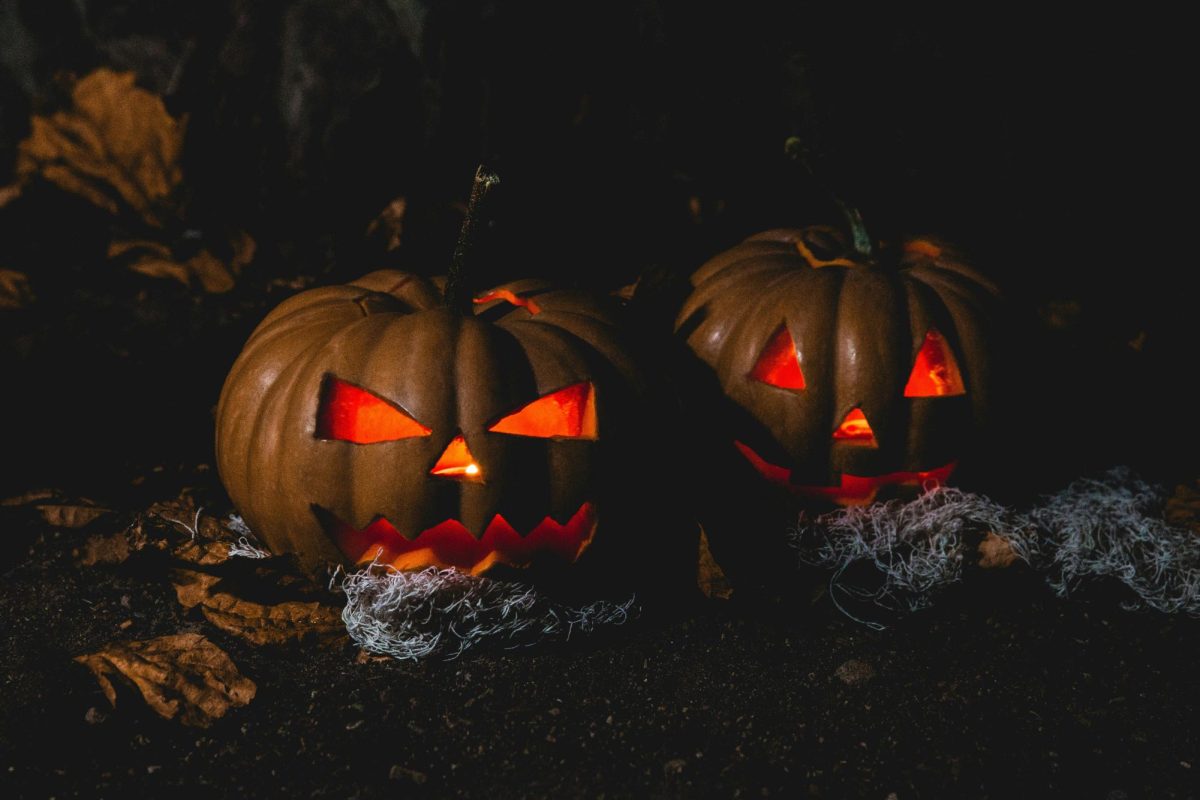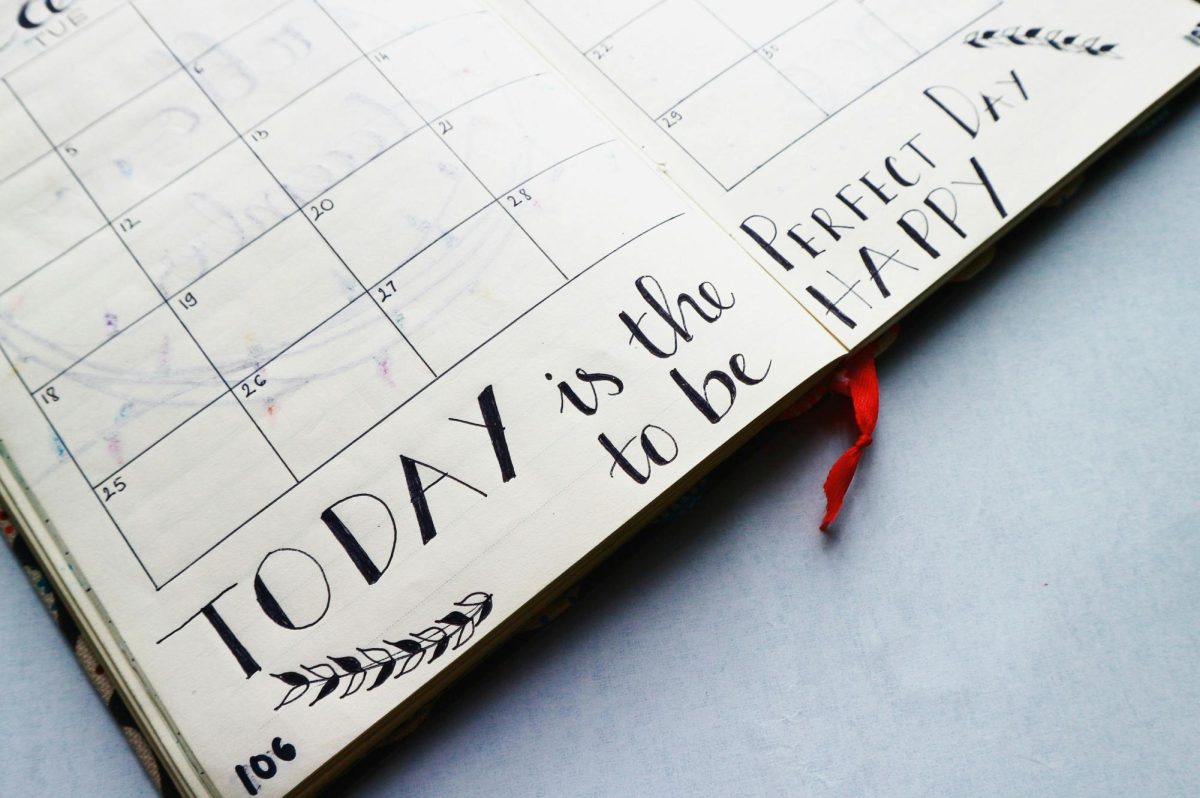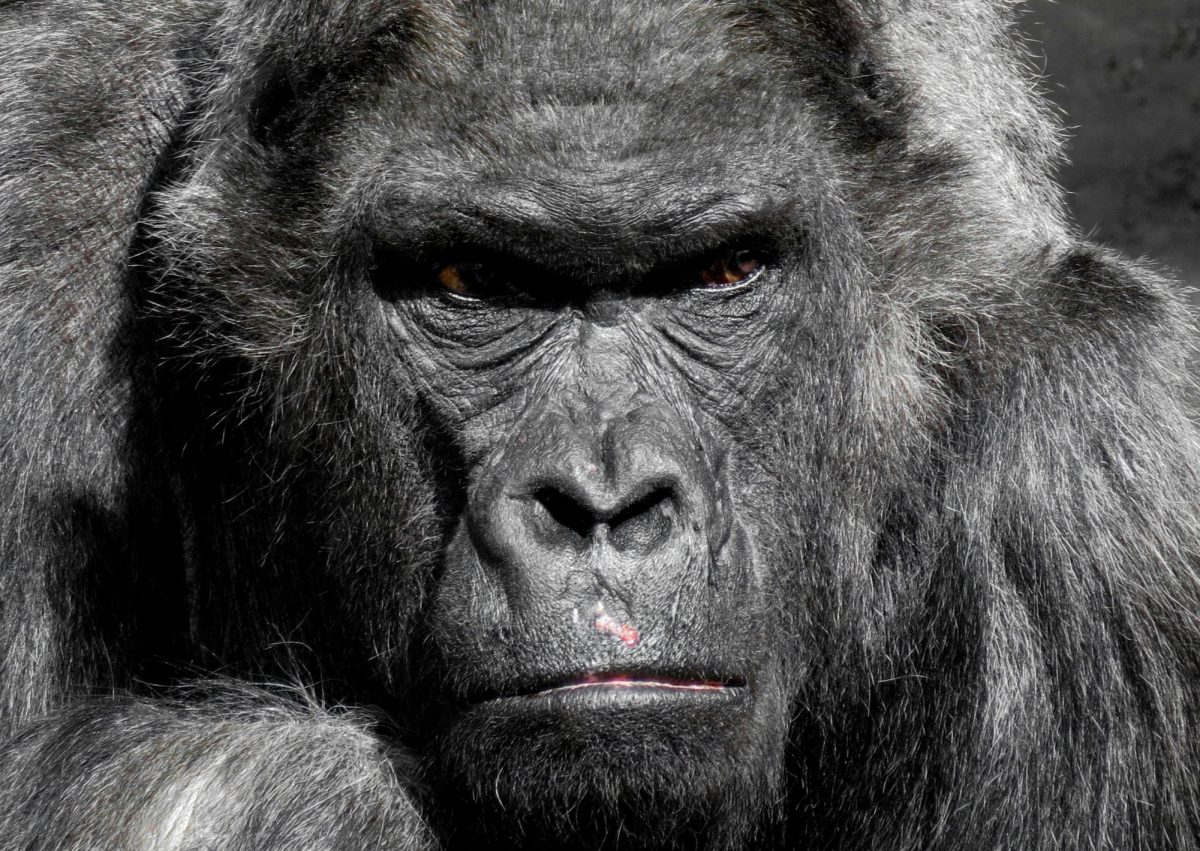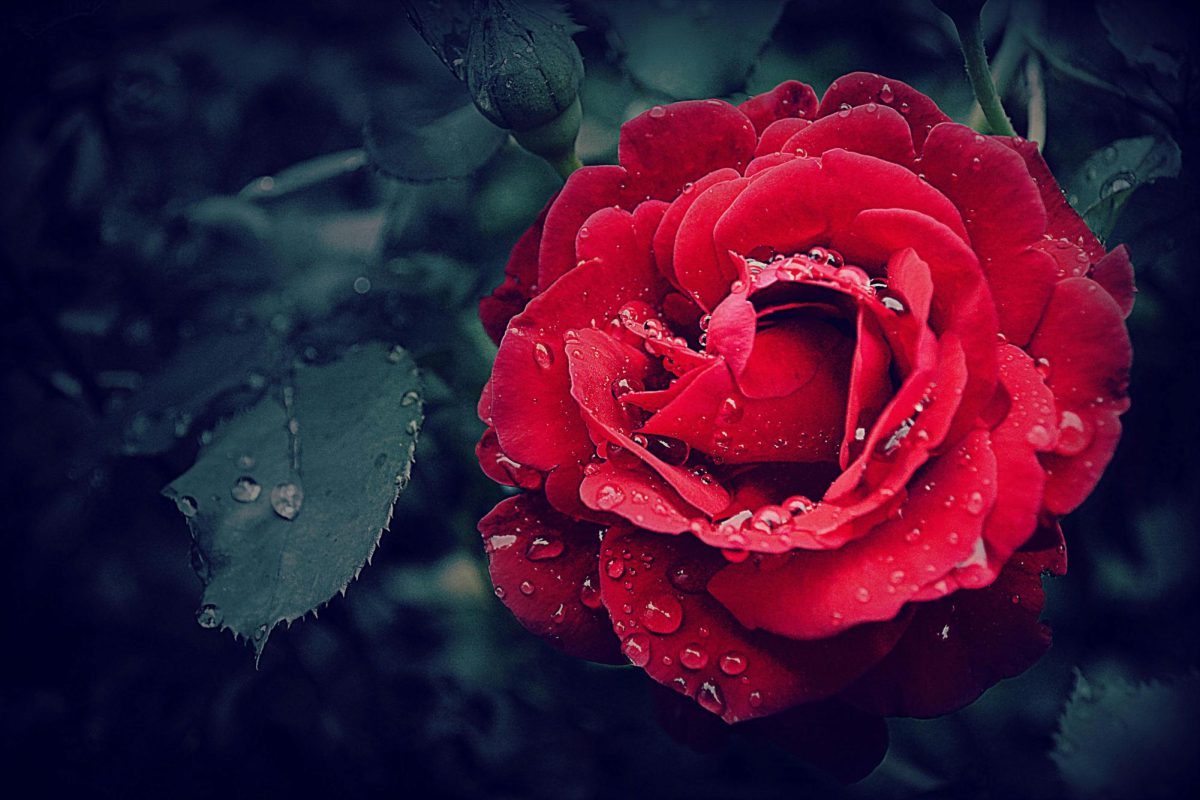Halloween: the one night of the year where anyone can be anyone. Everything is on the table, and we must always expect the unexpected.It’s a blend of fact and fiction, past and future, and just a touch of magic. As the sun sets, rumors about what goes on in the shadows run rampant, and skeptics eagerly throw on their debunking caps and march into the darkness.
Halloween is not just an American holiday. It is celebrated in 37 different countries, although some of the different traditions vary. In Costa Rica, for example, Halloween is called Nacional de la Mascarada Costarricense, which translates to the National Costa Rican Masquerade.
“This is a colorful parade of giant masks accompanied by an authentic local tradition that could be traced back to the pre-Colombian customs, carnival, and depiction of giants during the period of Spanish Colonization.People with giant costumed puppets and oversized paper mache heads march the streets. They are always accompanied by small music bands known as cimarron, whose skills are usually revered by the locals. Members of the Cimarron band are self-taught because there are no scores to read, so each member learns by ear.,” The Tico Times.
These masks they wear can be in the shape of faces, monsters, or sometimes they are designed like masks you would wear to a masquerade ball.
Another place where Halloween is celebrated differently is in Ireland, where Halloween originated, over 2,000 years ago. “Festivals take place across the country: from the Púca festival, which celebrates the folklore behind the Celtic holiday to the Derry Halloween celebration in the northern part of the island.” Giulia Heyward said.
But how did it start? This beloved tradition began in Ireland, but how, and why?
Halloween was originally known as All Hallows Eve, as it is commonly known. What is not commonly known however, is that it originated from the Celtic festival of Samhain.
The Celts, or Celtic people, were a tribe/group that are believed to be of indo-european descent. They were said to be rather violent, but they also had beliefs and practices that are very similar to modern day Christianity and Paganism, as well as ancient traditions from both.
The festival of Samhain occurred every year on October 31. This festival was said to mark when “summer went rest” and also celebrate the harvest. As this is when the sun begins to lose some of its intensity, one of the most common practices was to light a communal bonfire and also light the hearths in all of the homes.
“During this time of year, hearth fires in family homes were left to burn out while the harvest was gathered. After the harvest work was complete, celebrants joined with Druid priests to light a community fire using a wheel that would cause friction and spark flames. The wheel was considered a representation of the sun and used along with prayers. Cattle were sacrificed, and participants took a flame from the communal bonfire back to their home to relight the hearth.”Amanda Onion said.
This was their way of welcoming in the “dark half of the year.”, and it was the most important of the 4 Celtic holidays.
It was also believed that on October 31, the barrier between the living and the dead was lifted, and the dead could return. This is similar to Dia De Los Muertos. But it wasn’t just family members that would return. The malevolent spirits of murders and the like would also return.
To ward off this evil, bright colorful masks were worn, sometimes in the shape of animals and beasts, and sometimes just bright colors mixed on a face shaped piece of material.
These masks were also worn to ward off monsters. There are many demons that were said to roam on this day, including the Pukah. The Pukah were shape shifting creatures that are rooted in myth, but the Celtic’s fear of them was very real. They even left offerings in the fields to appease these monsters.
This creature also appears in Irish lore, although it is spelt as Púca instead. They actually celebrate Oíche Shamhna which translates to the Eve of Samhain, and it is also called Hallowe’en. Modern day Ireland is in close proximity to the main region where the Celts used to reside, so the diffusion of this cultural aspect makes sense.
The Irish gods Morrigan(Mór-ríoghan) and Crom-Cruach(ˈkɾˠʊmˠ ˈkɾˠuəç) are also part of Samhain and have been since the Celts.
Morrigan is believed to be the “threefold goddess of the dead”, as she appears as 3 goddesses that represent the cycle of life, death, and rebirth.(Eleanor Treemer, Liminal 11). She is also referenced as the ‘Phantom queen’, and is commonly associated with war and fate.
Crom-Cruach’s name roughly translates to ‘crooked and bloody’, and this further shows his malicious reputation throughout mythology.
Both of these deities have a place in the traditions and beliefs centered around Samhain. Morrigan, being the partial goddess of rebirth, is said to bring about the changing of the seasons, as it represents rebirth for the world and the weather. Crom-Cruach on the other hand, represented death on this day. A firstborn child was said to be sacrificed on the statue of Crom-Cruach, in Magh Slécht. Magh Slécht was a plain that was culturally significant to the Celtics, and was often a center of tradition.
While these deities, traditions, and beliefs seem far-fetched or ‘out there’, people really used to participate and believe in them. And even if they are no longer practiced or believed in, they influenced a lot of traditions, religions, and holidays that are practiced and celebrated today.
Halloween is a holiday that is about the dead. It is the day when the barrier between the living and the dead is said to be lifted, and both can walk side-by-side. It’s more than that though. Halloween is about history. It’s about remembering the past, and realizing how it’s affected the present. And most importantly, it’s about believing in the unbelievable, because on October 31, dreams come true, nightmares are reimagined, and anything can happen.






